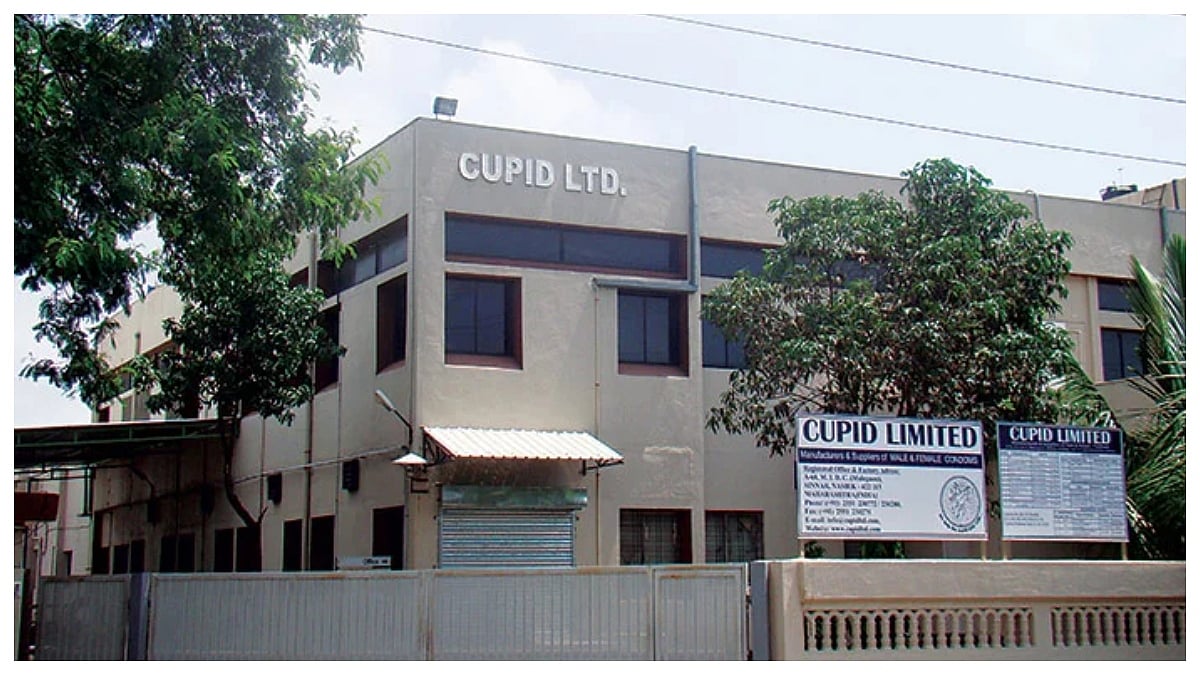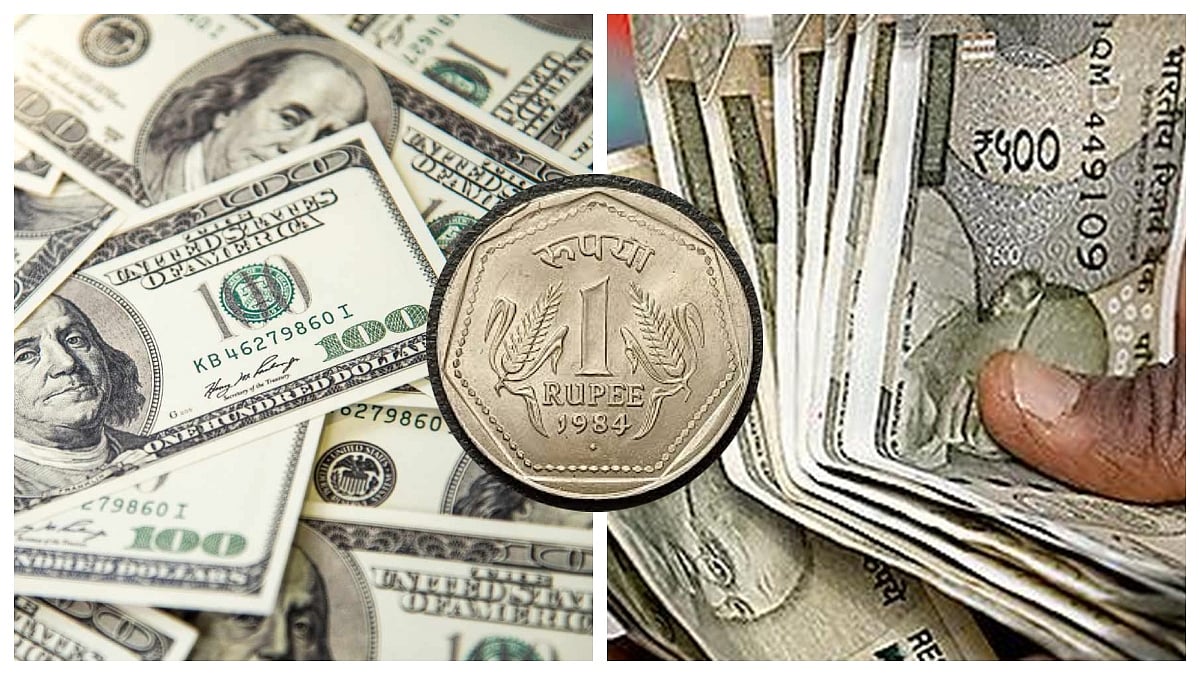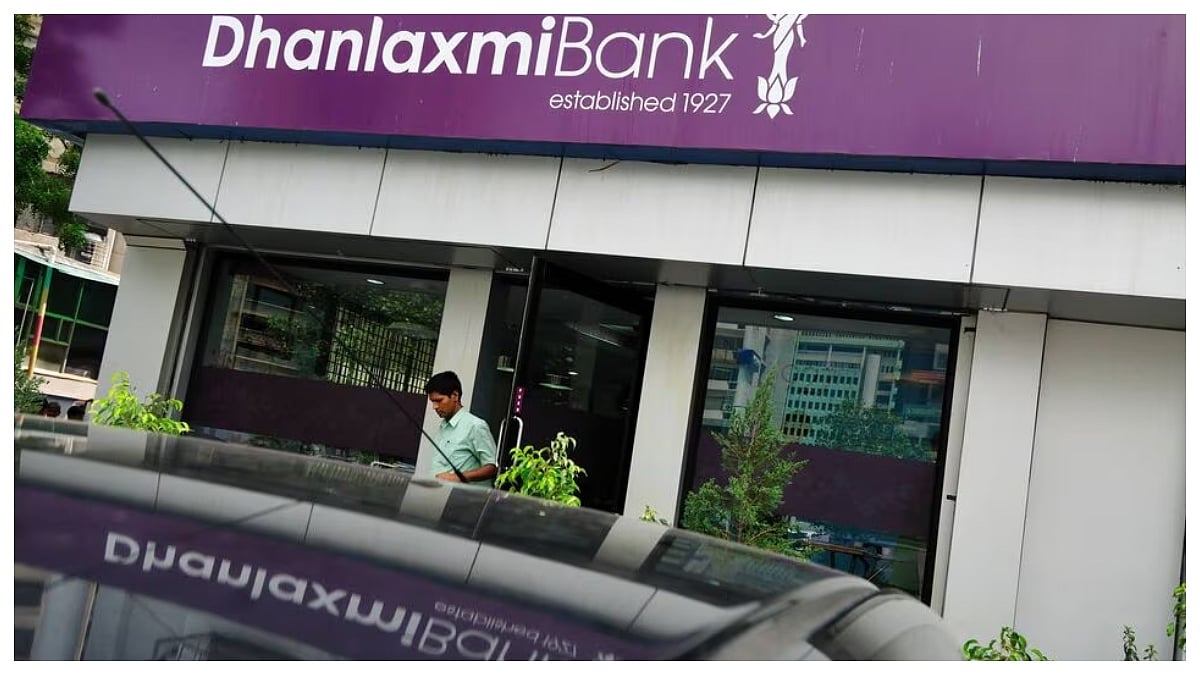Mumbai: Contrary to the well-known phrase – ‘Once bitten, twice shy’, Indian regulators and market participants have seemed to have missed it to a large extent. Though in the aftermath of such cracks, awareness increases, oversight tightening increases however as time fades slowly, greed takes over slowly and gradually. Have we not learnt from 2008 subprime lending crisis?
Before we move onto the current Indian Non-Banking Financial Companies (NBFC) scenario, lets touch upon briefly about the 2008 US subprime crises.
The IL&FS being registered as a Core Investment Company (CIC being NBFC) made everyone skip a heartbeat where it placed the entire economy on the verge of a collapse. The extent of damage was large enough and still not clearly ascertainable.
Sitting on a pile of bad loans exceeding Rs 91,000 crore, it led to a string of defaults causing a massive pile up of questions.
The IL&FS group considered as one of the leading Indian conglomerate had been in an over leveraged position across sectors. The debt pile of Rs 91,000 crore acted as a ticking time-bomb on series of defaults that led to the crisis. The debt or interest servicing default in series by itself and associated group companies raised the discomfort further. The defaults caused banks to create provisions towards the impaired asset values. The provisioning effect has been so high that the government had to ask the Reserve Bank (RBI) to relax its norms for deferment of NPA provisioning. Whether such practices are prudent, time will tell.
Insurance regulator IRDAI has recently asked the insurance companies to create provisions towards the IL&FS Exposure, the impact of which is still not clearly ascertainable.
The drawback with NPA creation is that the same is written down against the profits, thereby affecting profitability. Which in turn is punished in the share market by selling the stocks. Hence, efforts of lower provisioning may go unattended leaving a trace of adulteration in asset quality in the system, showing a rosy picture on the face.
Often the institutional and passive investors class turns to investing in mutual funds, specially in debt funds where regular income receipts are warranted while safeguarding their principal amount invested.
However, to the horror of such investments, around 14 mutual funds witnessed their debt assets sulking in value by around 10% in over 4 months to the estimated extent of Rs 61,000 crores. Equity funds having invested in the group of companies directly or indirectly, shaved off sizeable amount from their portfolios overnight.
The domino effect has caused lakhs of crores Rupees wiped off on account of the crisis from the equity markets over time.
Apart from slicing sizeable amounts from investments, another spillover effect from the crisis can be seen on issuance of corporate bond securities. Due to higher perceived risk, the expected yield has risen dramatically, thereby raising the borrowing cost for the companies.
Corporate bond issuance declined 13 per cent to Rs 4 lakh crore during the first nine months of the current financial year (2018-19) due to higher cost of borrowing and slowing investment activity, says a report by Care Ratings published on 12th February.
The Irony of Credit Ratings is it is subject to a lot of assumptions in contrast to a simple verdict expected by investors. The assumptions, most of the times tweaked to give a favoured verdict. Also, ironically the sudden downgrades come in the wake of an already hit crisis.
In early September, a renowned Credit Ratings Agency – ICRA revised the short-term rating for the commercial papers (CP) of IL&FS and IFIN to ICRA A4 from ICRA A1+. On September 17 evening, ICRA further downgraded the CPs of IL&FS Financial Services (ILFS-FS) to ‘D’ from ‘A4’. Corporate bonds and long-term loans of IL&FS were downgraded to BB from AA+, a drop of 9 notches in a very short period of time.
The Government needs to address the concern of irresponsible acts by Credit Rating Agencies. These agencies have over and over again failed to raise red flags to the build up to such crisis.
SEBI – markets regulator is well equipped to address measures for improvement and keep in check unfair practices, however, a policy initiative on that front along with necessary enactments for legal proceedings is warranted.
Based on recent Interim Budget announcements, Government is seen taking an expansionary and liberal stance towards reviving the economy by providing a helping hand to MSMEs. RBI Governor has also signaled banks towards avoiding over cautionary stance while lending. Though, the move is much appreciated, the framework to avoid cheap credit and over leveraging along with responsible act of Credit Ratings Agencies need to be addressed alongside in order to avoid crisis similar to the 2008 sub-prime crisis.








